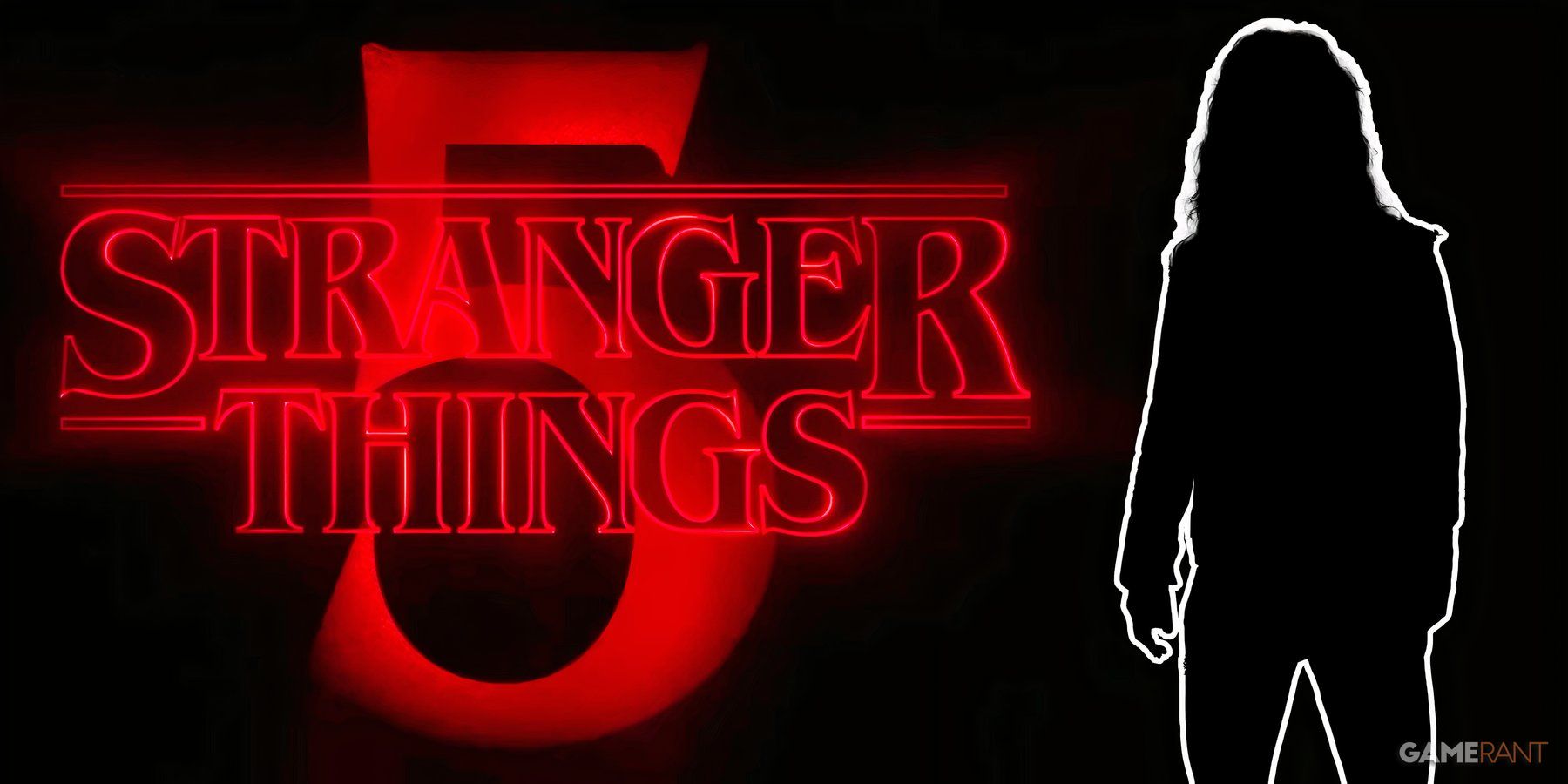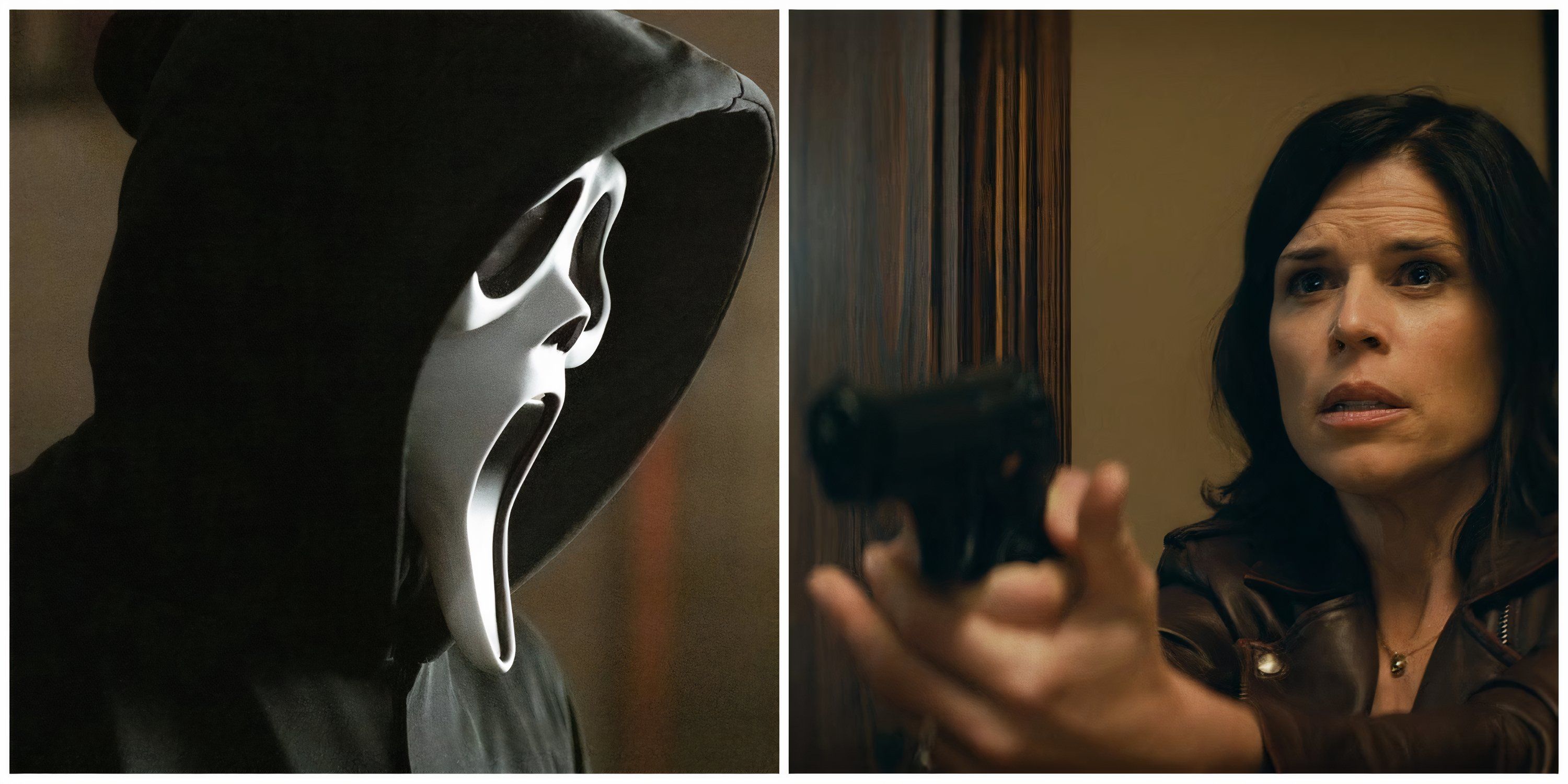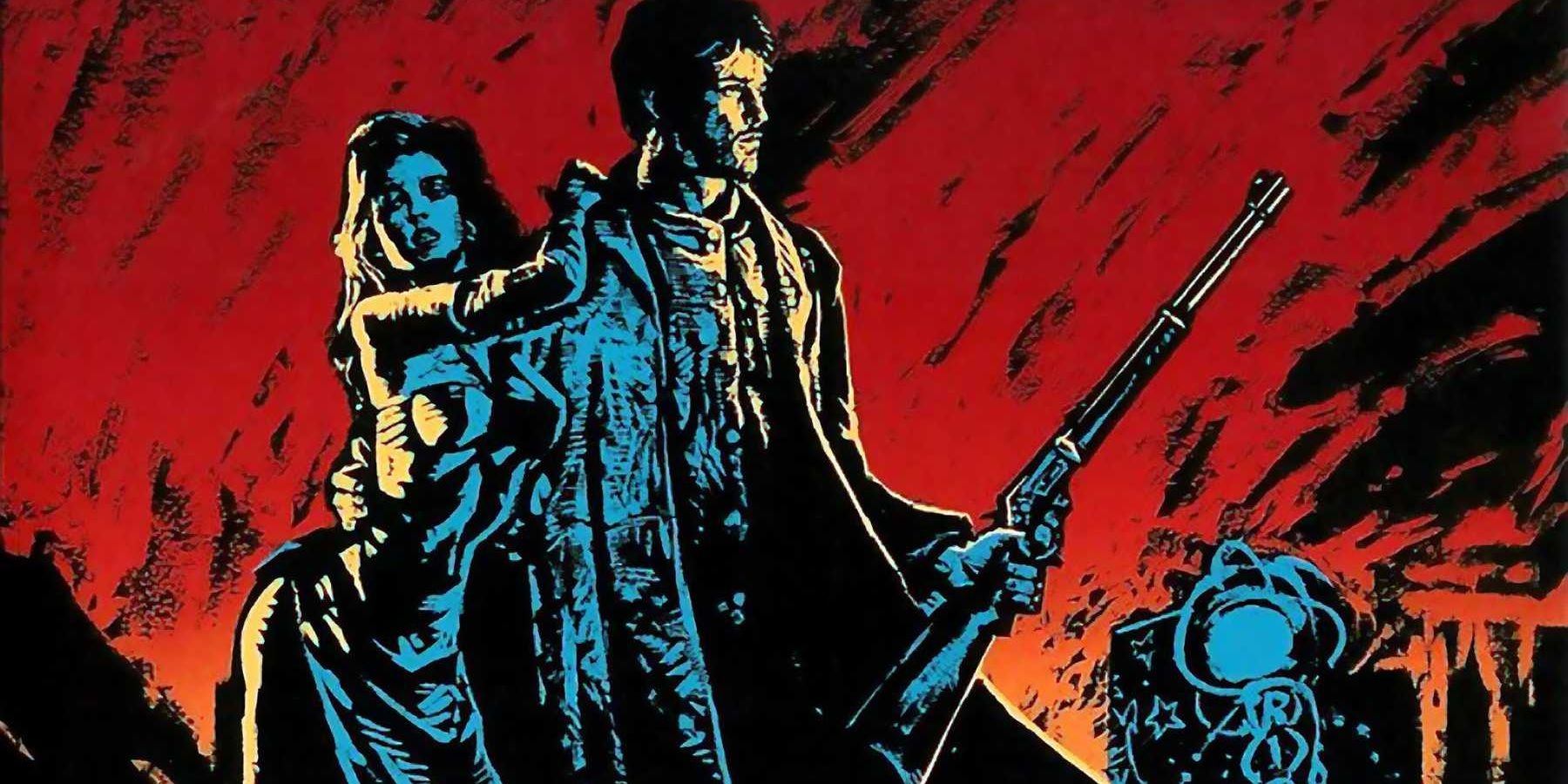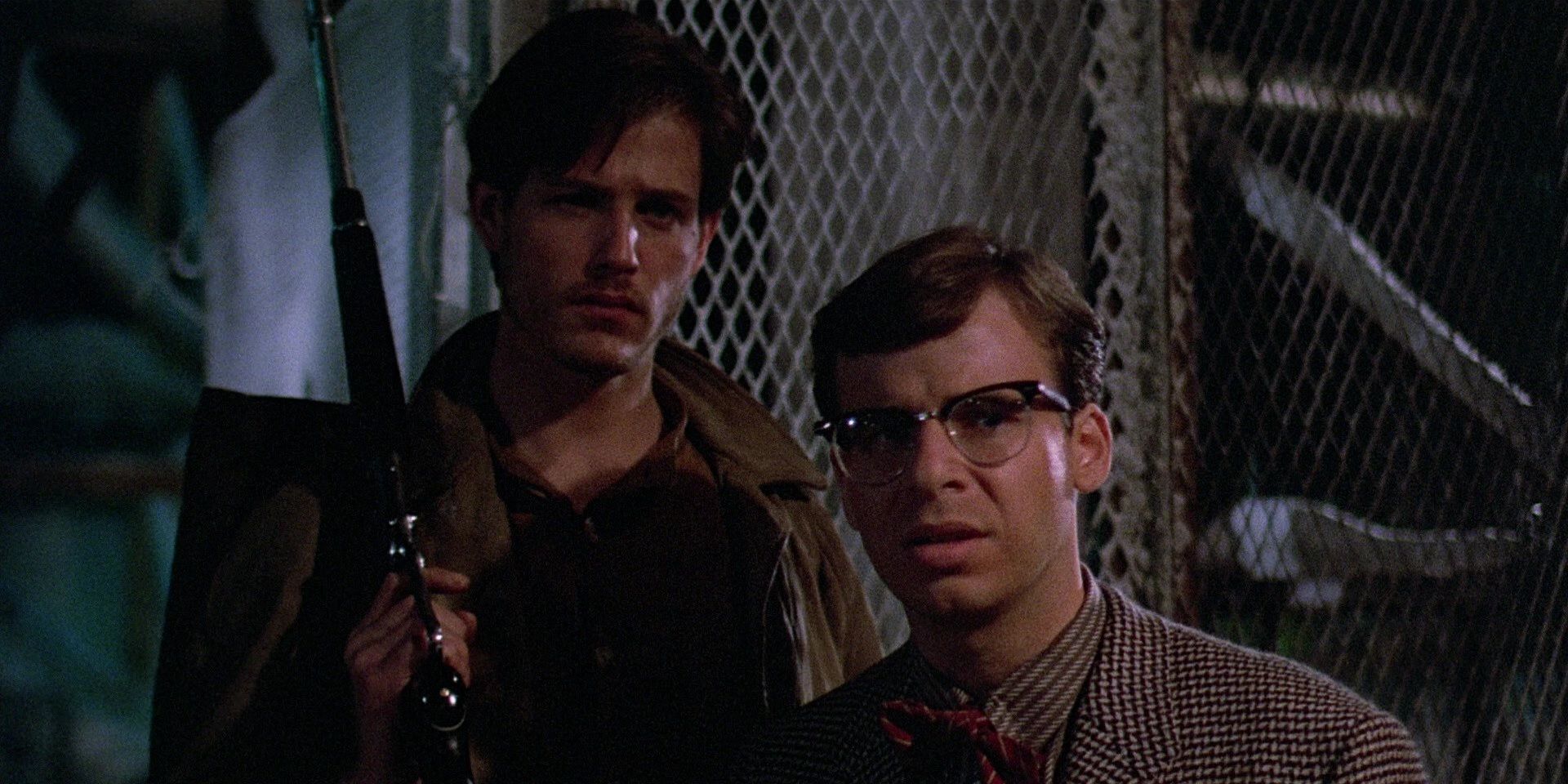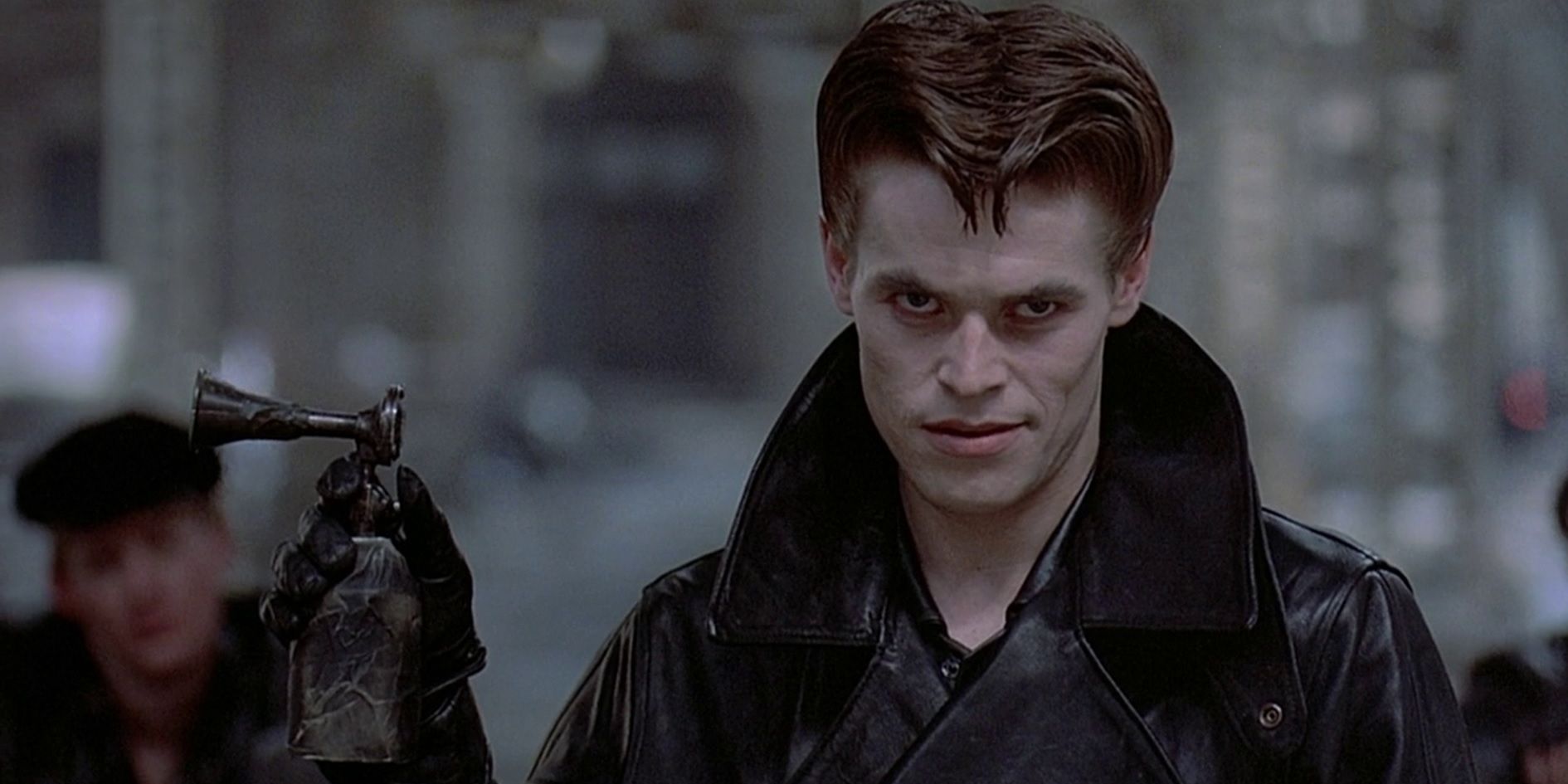Highlights
- Walter Hill is an influential action filmmaker known for his rough and gritty vision of cinema, as seen in his films like Hard Times and 48 Hrs.
- The Warriors and Streets of Fire are two of Hill's most iconic films, both known for their unique and campy depiction of urban gang violence.
- Streets of Fire, despite being a box office bomb, has gained a cult following over the years due to its timeless setting, campy tone, and blend of different genres.
Walter Hill is one of the greatest action filmmakers in Hollywood history. He established his rough, gritty vision of action cinema in his directorial debut, Hard Times, starring Charles Bronson as a gruff bare-knuckle boxer freight-hopping across Louisiana in the Great Depression. Hill created the template for the “buddy cop” subgenre with the high-octane thrills and gut-busting laughs of 48 Hrs. He laid the groundwork for every action-packed neo-noir about the exploits of a softly spoken getaway driver with the slick style and energetic car chases of The Driver.
Arguably Hill’s most iconic film is The Warriors, adapted from the Sol Yurick novel of the same name. The Warriors revolves around a plucky New York street gang’s attempt to get across the city back to their own turf, all while pursued by every other New York street gang, when they’re framed for the murder of a gangland leader. Real-life violence and vandalism may have tanked the movie’s initial reception and box office performance, but The Warriors has since become a beloved cult classic. The Warriors carved out its own niche in the vast stylistic landscape of action cinema, presenting gang violence as a fun comic book spectacle. Hill returned to that niche five years later with another campy, comic-booky depiction of urban gang warfare: 1984’s Streets of Fire.
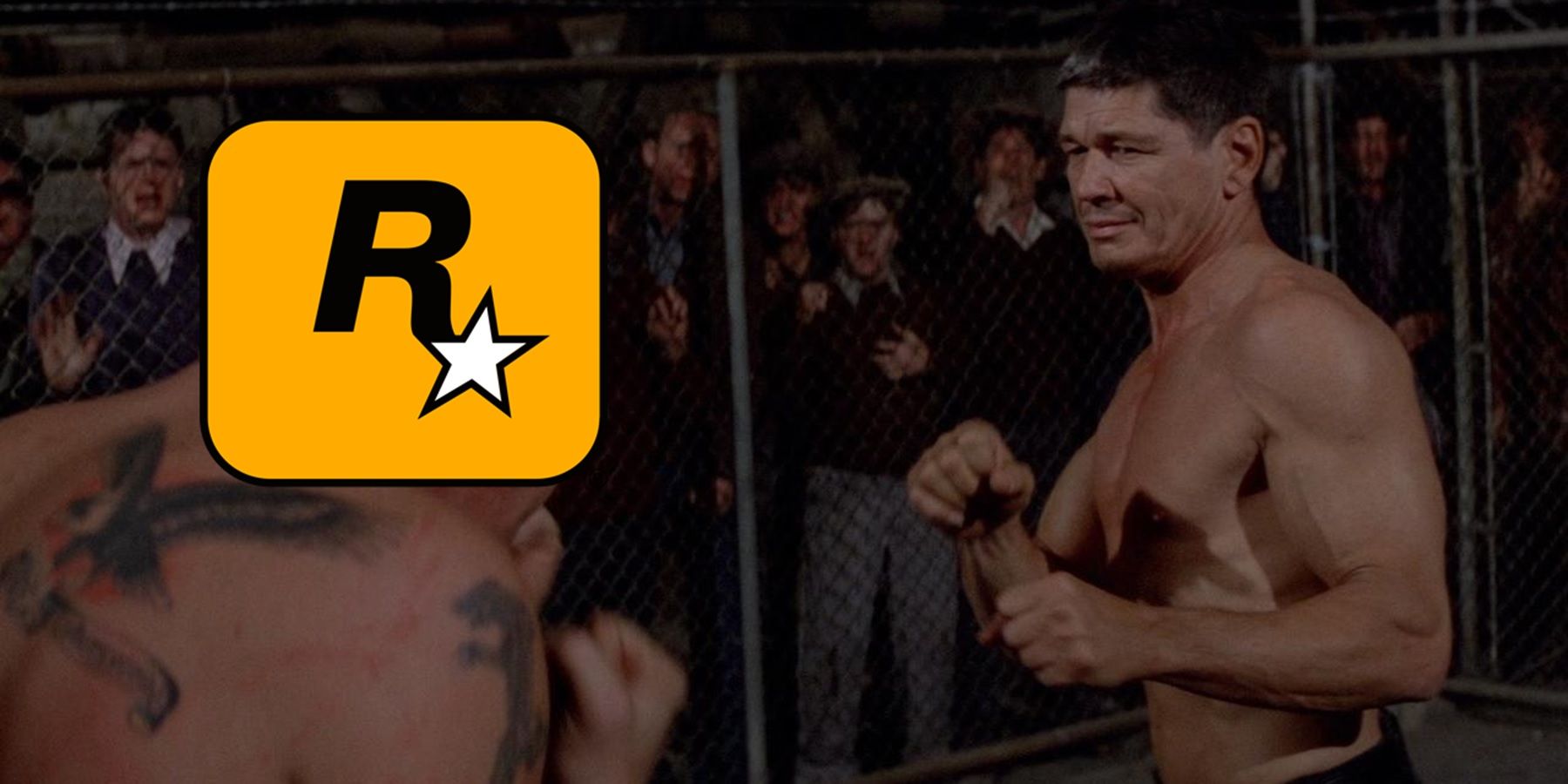
Walter Hill's Hard Times Would Make A Great Rockstar Open-World Game
The story of a bareknuckle boxer scraping a living in New Orleans in the Great Depression would make an awesome open-world game a la GTA or RDR.
Set in “another time, another place” with the iconography of the ‘50s and the fashion of the ‘80s, Streets of Fire is described as a rock ‘n’ roll fable. Michael Paré stars as badass ex-soldier Tom Cody, who returns to his fictional hometown of Richmond to save his ex-girlfriend, rockstar Ellen Aim (Diane Lane), after she’s kidnapped by Raven Shaddock (Willem Dafoe), the ruthless leader of a biker gang named The Bombers. Cody teams up with McCoy, a fellow ex-soldier played by Amy Madigan, and Billy Fish, Ellen’s manager and current boyfriend played hilariously by Honey, I Shrunk the Kids’ Rick Moranis, to take on the bikers. There’s plenty of snappy, well-delivered banter between this ragtag vigilante squad in between shootouts.
After the opening scenes have established the film’s setting, Streets of Fire dives right into the action and doesn’t relent for the rest of its airtight 93-minute runtime. Once Cody arrives on the scene, Streets of Fire is basically non-stop action until the end credits. Hill knows exactly how to frame a firefight, exactly how to edit a fistfight, and his action movie prowess is on full display in the explosive set-pieces of Streets of Fire. If Cody isn’t shooting bikers or blowing things up, he’s in a high-speed pursuit. Hill took all the lessons he learned on his previous action films to make Streets of Fire an action-packed everything-and-the-kitchen-sink kind of thriller. There isn’t a dull moment in Streets of Fire; in every scene, in every moment, Hill’s only concern is keeping the audience as wildly entertained as possible.
Hill and his co-writer Larry Gross drew from a bunch of different genre influences when they were putting Streets of Fire together. It satirically exaggerates all the tropes and conventions of film noir, from menacing gangsters to damsels in distress to rain-soaked streets (and the fact that it’s always nighttime; the sun never shines on Richmond). But it’s also a musical with big, theatrical rock ‘n’ roll numbers; the fight choreography plays more like a dance from Grease than a dust-up from Die Hard. The soundtrack features such gems as “One Bad Stud” by The Blasters, “I Can Dream About You” by Dan Hartman, and “Sorcerer,” written by Stevie Nicks for Marilyn Martin to perform. And on top of all that, Streets of Fire also has a lot in common with high school films; it’s like a John Hughes movie with a lot more gun violence. Hill and Gross designed the social structure and power hierarchy of their invented city like a typical American high school (or at least a typical American high school as seen in the movies). Cody is the popular jock, Ellen is the cool punk girl, Billy is the timid nerd, and Raven is the greaser who bullies everyone in sight.
Hill had envisioned Streets of Fire as the first chapter of a trilogy entitled The Adventures of Tom Cody. The sequels would have taken Cody out of the urban environments of the original film and into more exotic locales for Indiana Jones-style adventures. Unfortunately, after Streets of Fire bombed at the box office (failing to even make back its production budget, let alone make back its marketing costs or turn a profit), those sequels became moot. Audiences in 1984 didn’t get the movie. They were baffled by its timeless setting, its campy tone, and its oddball mix of different genres. But those are all reasons why Streets of Fire has since become a beloved cult classic. It’s not quite as legendary as The Warriors, but it is just as much fun.

